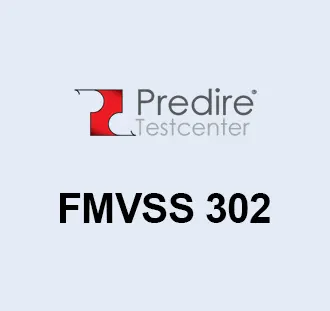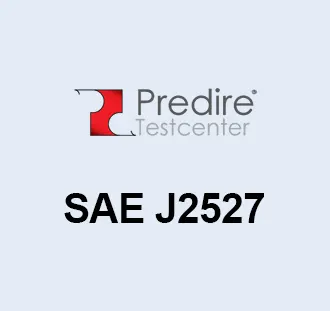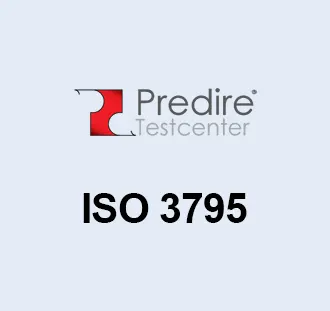IEC 60068-2-27: Environmental Testing – Part 2-27: Tests – Test Ea and Guidance: Shock
Overview and Purpose
IEC 60068-2-27 is part of the IEC 60068 international standard series, which specifies the environmental testing procedures for electronic and electrical equipment. This particular part, Test Ea, focuses on shock testing. The purpose of this test is to determine the ability of components, equipment, or other items to withstand shocks during their operational life. These shocks may result from rough handling, transportation, or other types of impacts that could occur in the field. The standard aims to simulate these conditions to ensure that the equipment can tolerate such stresses without degradation in performance or damage.
How the Test is Conducted
- Preparation: The items to be tested are prepared according to the standard’s guidelines, ensuring they are in the correct configuration and state for the test. This might involve setting the equipment to its operational mode or securing it in a specific manner.
- Shock Application: The test involves subjecting the specimen to a specified number of shocks of certain magnitudes and directions. This is typically achieved using a shock machine or a drop tower that can deliver the required acceleration and duration to the specimen.
- Parameters: The standard specifies the shock levels in terms of peak acceleration, pulse duration, and the waveform of the shock pulse. The selection of these parameters depends on the specific application and the environment in which the equipment is expected to operate.
- Evaluation: After the shocks have been applied, the specimen is evaluated for any signs of damage or degradation in performance. This evaluation may include visual inspections, functional tests, and other assessments as required by the specific application.
Purpose of the Test
- Durability Verification: To verify that the equipment can withstand shocks without experiencing damage or significant performance degradation, ensuring its durability and reliability in the field.
- Design Optimization: Helps identify potential weaknesses in the design or construction of the equipment, allowing manufacturers to make necessary improvements to enhance shock resistance.
- Quality Assurance: Serves as a critical component of the quality assurance process, ensuring that products meet the required standards for shock resistance before they are released to the market.
- Regulatory Compliance: In some industries, compliance with shock testing standards like IEC 60068-2-27 may be a regulatory requirement, ensuring that equipment is safe and reliable for use.
Head Office
Privacy policy and cookies
Click here to present our privacy policy and explains how we use cookies on this website












